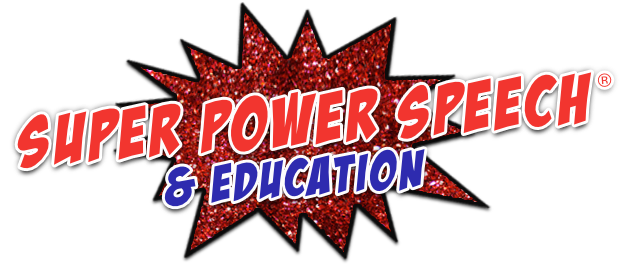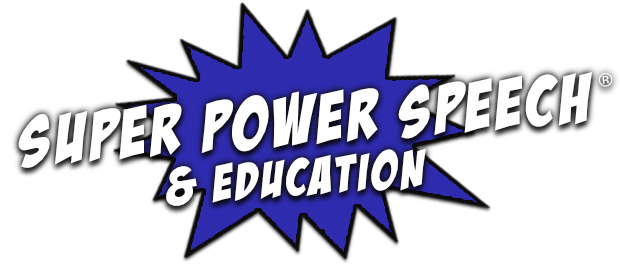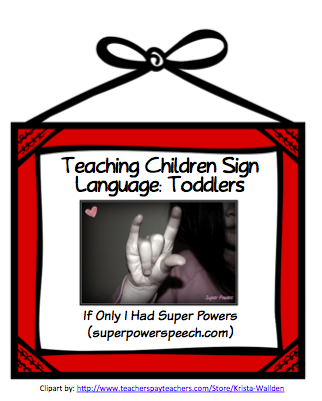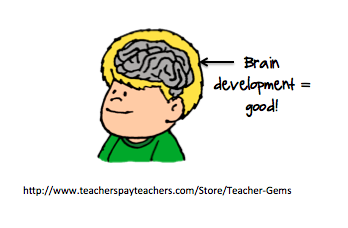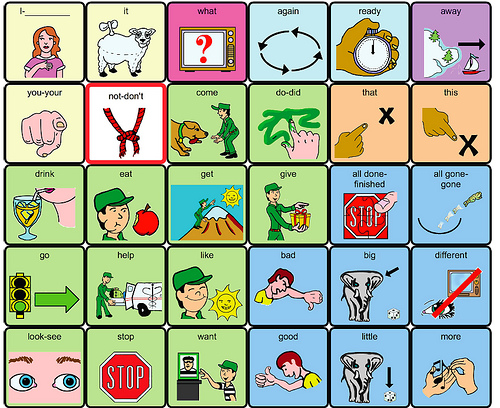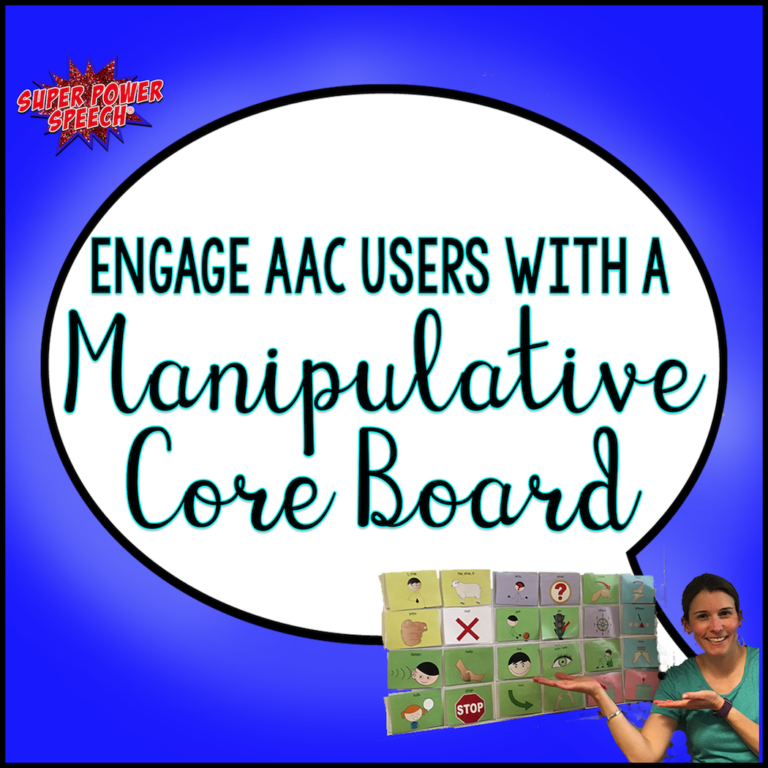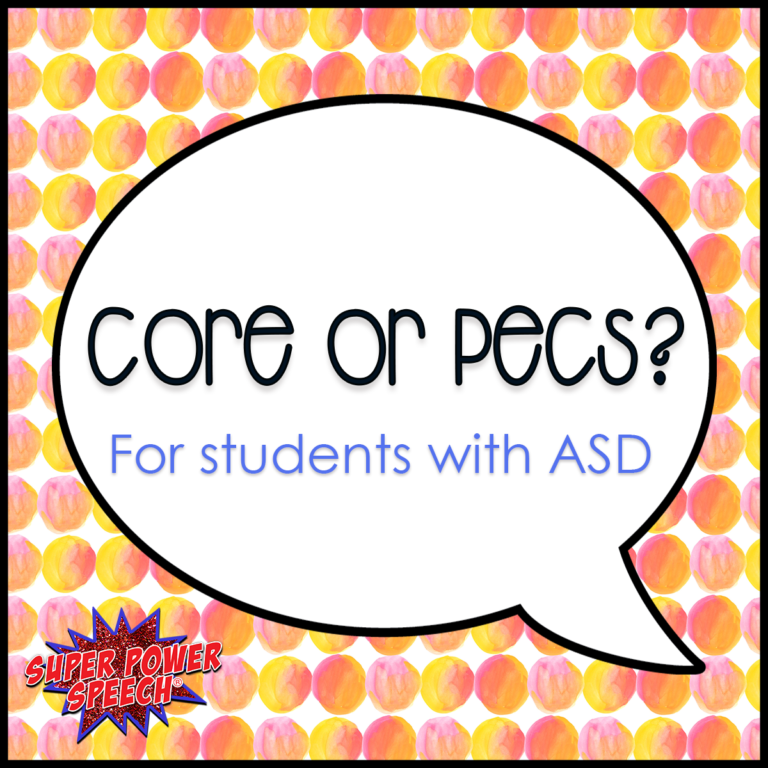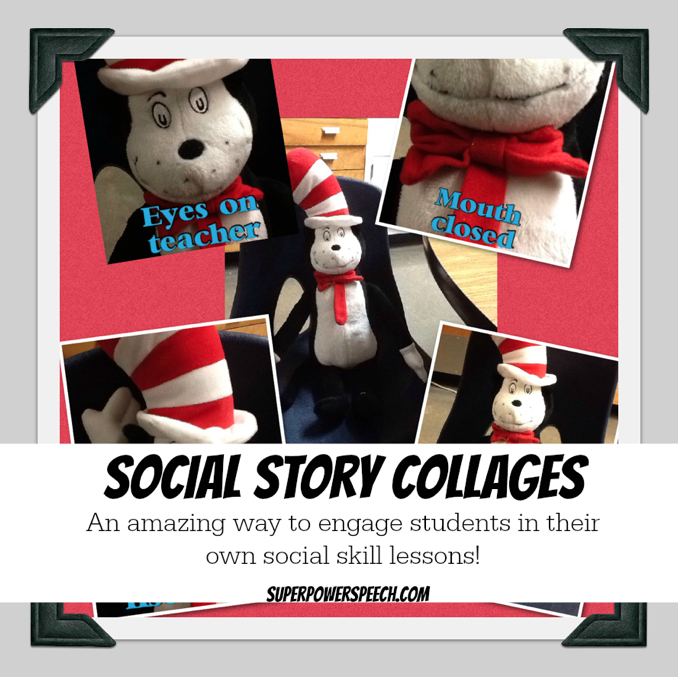Teaching Children Sign Language: Toddlers
This is the second post in a series on “Teaching Children Sign Language” about how I have taught my own children and students some sign. To read the first post, go here.
(Disclaimer: This post contains Amazon affiliate links.)
Teaching toddlers sign language is probably my favorite stage because there is such an EXPLOSION of language at this age! You can almost see their little brains playing with words and processing words. It’s the perfect time to be learning not only verbal words, but signed as well!
Tips for teaching toddlers sign (please note that although most of these tips mirror the ones in my infants post, I have tried to be more specific for this age group):
1. Learn some signs. Before you can teach your toddler, parents need to learn some signs! Here are some sources:
2. Choose vocabulary that is meaningful and powerful. By toddler age, many kids have clear preferences of things they like and dislike. My son ADORED trains and so that was one of the early signs that we taught him. He also was a milk fanatic so “milk” became frequently used in our home. Other powerful and meaningful signs for toddler could include:
- Family members in the home: mom, dad, sister, brother, grandma, grandpa
- Pets in the home or frequently seen outside of the home: dog, cat, fish, bird
- Favorite toys: ball, car, airplane, train, doll, bear
- Favorite foods: milk, water, cheese, apple, cereal
- Other powerful communicating words: more, finished, eat, drink, diaper, walk, sleep
3. Demonstrate and use the sign over and over every day. Seriously! That’s how most of us learn both first and second languages, through hundreds of repetitions.
4. Overemphasize the verbal AND sign. I do not emphasize sign by itself. I teach it while overemphasizing the verbal word as well and always in some kind of natural context.
- Sign “eat” when talking about food or eating a meal.
- Sign the names of animals as they walk by your in the house or on an outdoor walk.
- Sign toy names as you play with them on the floor.
5. Play together. Every day. Make it a fun time for bonding and communication.
- Roll the car back and forth and practice “more car” or “my turn”.
- Eat breakfast together and practice “more cereal” or “all done”.
6. Guide your child’s hands. Help shape your child’s hands and help them (repeatedly) with the sign. Then fade your prompts to be less and less over time.
7. Read together and sign. You could choose any books (or photographs!) of important and fun vocabulary. As you see the words that you are practicing, sign them together. Book reading and signing gives the triple benefit of verbal vocabulary, signing vocabulary, and literacy exposure!
There are also some children’s books already on the market that include common signs (click on each picture to see them on Amazon):
8. Do screens together. I know that this is not a hip and popular thing to mention. I am not a big fan of screens; we don’t even have tv reception in my home. But there are some AMAZING videos out there that teach both basic sign as well as verbal vocabulary. If you have to do screens (and I’m a mom, so I know that sometimes I just need a BREAK!), Baby Signing Times DVDs are fantastic!
9. Sing together. Toddlers and young children love to sing! Learning songs such as “Twinkle Twinkle” and signs develops verbal, musical, and sign skills. There are fun songs to sign along with on youtube, in books, as well as in the Signing Times videos!
10. Be patient. Your child may pick up signing like a pro. Your child may not. It’s okay either way. You are helping your child’s brain to develop and that’s great no matter what!
Check out the rest of the series here:
